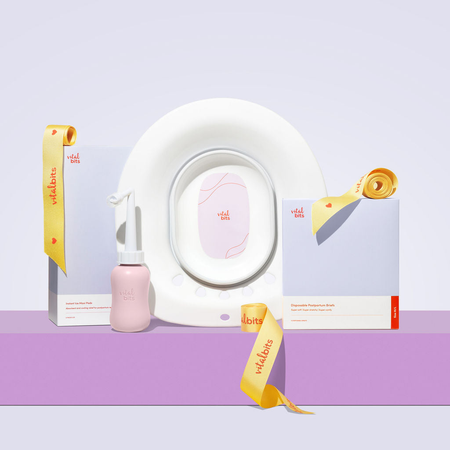Finding out you’re having a C-section can stir up all sorts of emotions - relief, worry, excitement, maybe even a little ‘Wait… what now?’
We get it. This might not have been part of the original birth plan, but one thing’s for sure - you’re about to meet your baby, and that’s the best part of all.
And you’re far from alone. Around a third of births in New Zealand happen via C-section, so plenty of other mums have stood right where you are now.
What to Expect Before Your C-Section
- Pre-op Prep: A few checks, some fasting, and an arrival time - your care team will guide you through the bits you need to know.
-
Anesthesia: Most C-sections involve a spinal block or epidural, so you’ll be awake but completely numb from the waist down. You won’t feel pain, but you might notice some gentle tugging and pulling - totally normal!
During the Procedure
- It’s Quick: The baby is usually out in the first 10-15 minutes, and the rest is about getting you stitched up and comfortable.
- You May Feel Pressure: No pain, just some odd sensations as your baby is lifted out into the world.
- Meeting Your Baby: Most hospitals offer skin-to-skin in the theatre, so be sure to ask - It’s just as special, no matter how your baby arrives.
Recovery: The Healing part
- The First 24 Hours: A bit sore, a bit groggy, and a bit emotional - all totally normal. Move gently and let your body rest.
- Pain Management: Stay ahead of discomfort with medication and support. It’s not about pushing through - it’s about healing well.
- Getting Moving: Slow, steady, and only when you’re ready. A little movement (even just wiggling your toes at first) helps recovery.
Caring for Your Scar
Your scar is proof of the incredible work your body has done, and with the right care, it can heal comfortably and smoothly.
Weeks 1-2: The Tender Stage
- Keep the area clean and dry - pat, don’t rub.
- Avoid lifting anything heavier than your baby.
Weeks 3-9: The Recovery Stage
- Stitches/staples (if any) are usually removed by week 2.
- Gentle movement and walking can aid recovery.
- Your scar is mostly healed - an ideal time to start using silicone scar patches to reduce thickness and itching (discuss with your LMC or doctor first). For more info on silicone scare patches, have a look here.
3+ Months: The Fading Stage
- Your scar softens and lightens over time - hydration and continued silicone patch use help with long-term healing.




